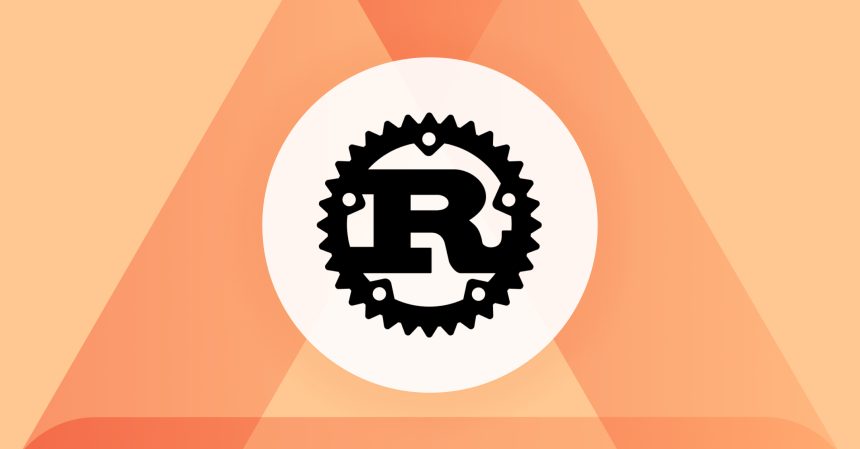In recent years, Rust has risen to prominence as one of the most powerful and sought-after programming languages. Originally designed by Mozilla, Rust combines speed, memory safety, and concurrency, which makes it ideal for systems programming. However, as the tech landscape continues to evolve, the demand for Rust has expanded far beyond its initial use cases. In 2024, learning Rust is not just about keeping up with trends; it’s about future-proofing your career as a developer.
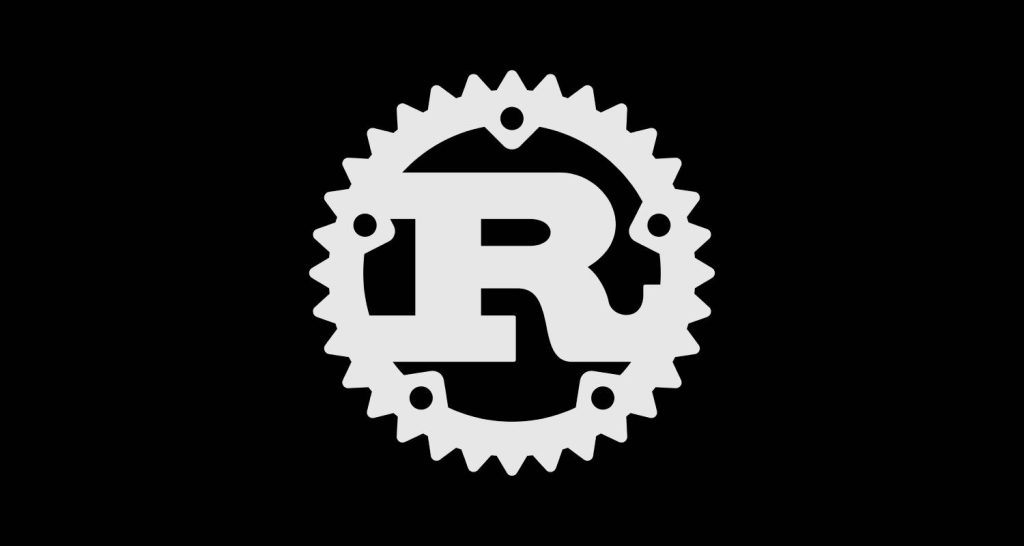
What is Rust and Why is it Gaining Popularity?
Rust is a systems programming language that offers the performance of low-level languages like C and C++, but with modern safety guarantees. It’s designed to prevent the common pitfalls of these languages, such as null pointer dereferencing and data races, which lead to security vulnerabilities and bugs.
The language has garnered attention due to its unique ownership model, which ensures memory safety without a garbage collector. This combination of speed and safety has made Rust the go-to language for developers working in environments where performance and reliability are paramount.
But why is it suddenly gaining traction in 2024? Let’s delve into some of the key reasons.
The Growth of Rust’s Ecosystem
One of the most significant reasons to learn Rust in 2024 is the explosive growth of its ecosystem. While initially perceived as a niche language, Rust has rapidly expanded its presence across various sectors, from web development and blockchain to game development and embedded systems.
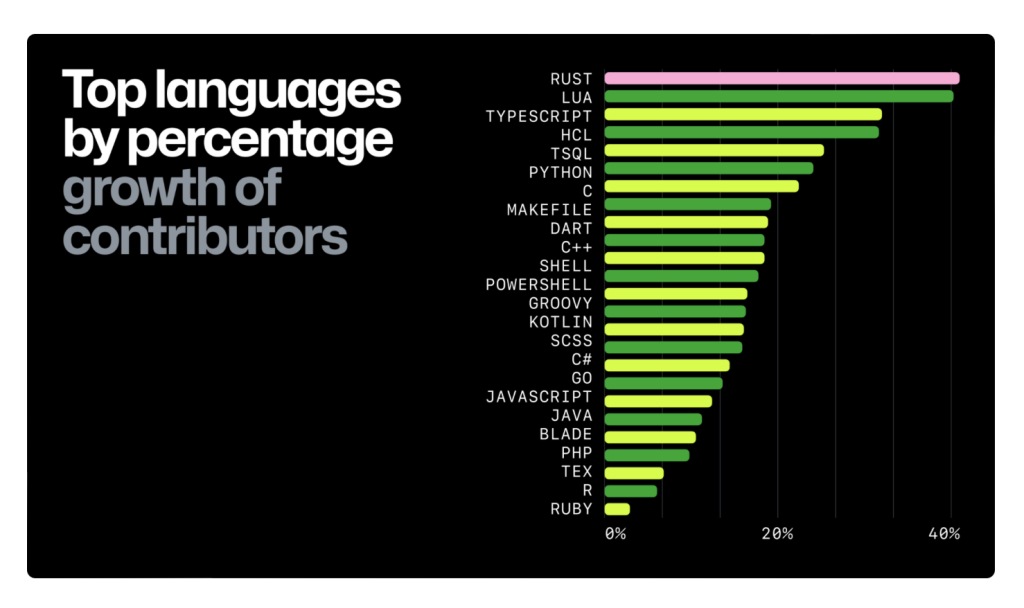
Projects like Tokio (for asynchronous programming) and Rocket (a fast web framework) have become popular choices for developers looking to build scalable and secure applications. With the rise of cloud-native and microservice architectures, Rust’s high concurrency capabilities have positioned it as a leading language for modern infrastructure.
Rust’s package manager, Cargo, is another jewel in the ecosystem, offering robust dependency management and a strong community-driven library repository known as crates.io. The number of available crates (libraries) has skyrocketed, making it easier than ever for developers to find the tools they need to accelerate their projects.
Endorsement from Industry Giants
When a language gets backing from some of the tech industry’s most prominent players, it’s hard to ignore its potential. In recent years, companies like Google, Microsoft, and Amazon have not only started using Rust internally but have also publicly praised its reliability and performance.
For example, Google has been exploring Rust for Android development, citing its potential to reduce memory-related vulnerabilities that plague low-level languages. Microsoft, on the other hand, has been integrating Rust into Windows and exploring it for systems-level programming due to its memory safety features. AWS (Amazon Web Services) has adopted Rust in its infrastructure for critical services, like Firecracker, a lightweight virtualization tool for serverless computing.
These endorsements are more than just a passing trend—they signify the trust and reliance placed on Rust in high-stakes, high-performance environments.
Rust’s Unique Features and Advantages
Rust is a language built to solve real-world programming challenges. In 2024, these challenges are more relevant than ever, as developers are tasked with creating applications that are not only efficient but also secure, scalable, and maintainable. Rust excels in these areas due to its unique set of features and advantages.
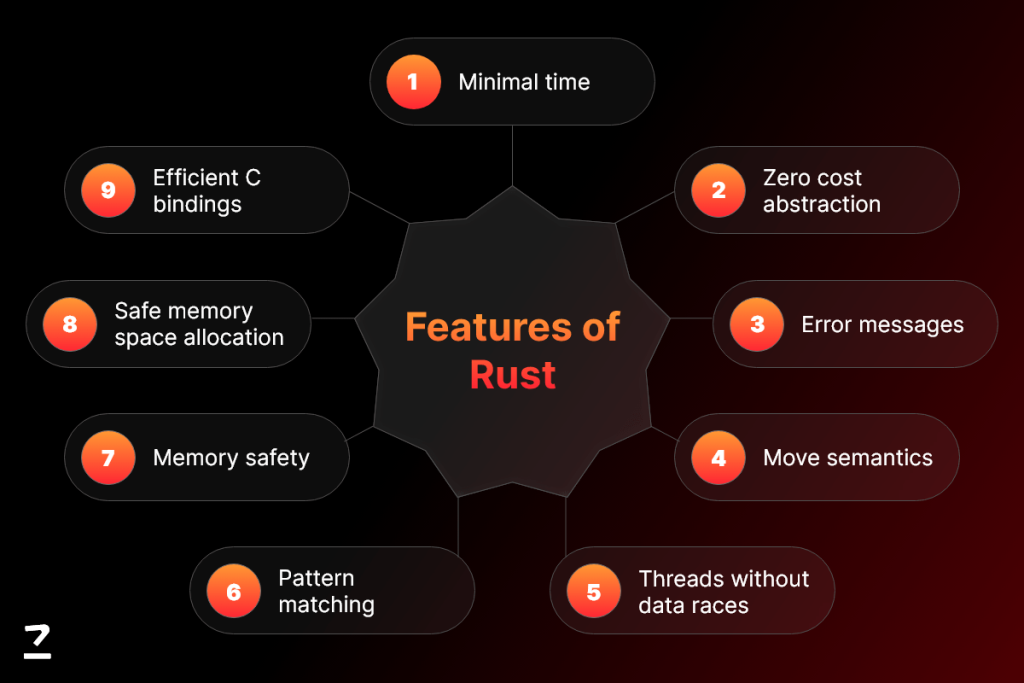
Memory Safety Without a Garbage Collector
One of the most distinguishing features of Rust is its memory management model. Unlike languages like Java or Go, which rely on garbage collection to handle memory deallocation, Rust uses a system called ownership and borrowing. This model guarantees memory safety while allowing for zero-cost abstractions, meaning developers don’t have to trade off performance for safety.
This is particularly useful for systems programming, embedded systems, and performance-critical applications, where control over memory is crucial. In 2024, as software becomes more complex and performance bottlenecks are increasingly scrutinized, Rust’s memory model stands out as a competitive advantage.
Concurrency Without Data Races
Concurrency is an essential aspect of modern programming, especially with the rise of multi-core processors and distributed systems. Rust tackles concurrency with its ownership and borrowing rules, ensuring that data races (one of the most common concurrency bugs) are eliminated at compile time.
Languages like C and C++ allow for concurrency but often at the cost of potential data corruption if not handled carefully. Rust’s compiler catches these issues before they even make it into production, providing developers with a higher level of confidence in their concurrent applications. Given the increasing demand for distributed and parallel computing in 2024, Rust’s approach to concurrency is a game-changer.
High Performance
Rust was designed to be fast. Its performance is on par with C and C++, but without the inherent risks those languages carry. This is why Rust has been chosen for projects like WebAssembly, a platform that enables high-performance applications to run in web browsers.

In areas where every millisecond counts—such as real-time applications, high-frequency trading, and low-latency systems—Rust’s speed can make all the difference. As companies in 2024 increasingly focus on optimizing their systems for speed, developers proficient in Rust will be in high demand.
Expressive and Modern Syntax
Rust’s syntax strikes a balance between power and readability. While it offers low-level control similar to C++, it also comes with modern language features like pattern matching, macros, and algebraic data types. This makes Rust both a productive and enjoyable language to work with, allowing developers to write expressive code that is easier to maintain.
In 2024, when productivity and maintainability are just as important as performance, Rust offers the best of both worlds, making it an attractive choice for teams looking to minimize technical debt while maximizing performance.
The Rust Learning Curve: Is it Difficult?
One of the common hesitations for developers considering Rust is its perceived steep learning curve. Rust’s strict compiler can feel unforgiving at first, especially if you’re coming from languages with more lenient memory management systems. However, this “strictness” is actually one of Rust’s biggest strengths.
Rust’s Compiler as a Teacher
The Rust compiler is one of the most helpful tools a developer can ask for. It doesn’t just throw cryptic errors at you; it provides clear, actionable feedback. This makes learning Rust a rewarding experience, as every error is an opportunity to understand the language’s core principles better.

Many developers have praised Rust for making them better programmers overall. The language forces you to think more critically about memory management, ownership, and concurrency, skills that translate well to other programming environments.
Growing Learning Resources
The Rust community has also made significant strides in lowering the barrier to entry. The official Rust Book is one of the most well-written and comprehensive programming guides available. In addition to this, there are numerous tutorials, blogs, and video courses created by the community to help developers of all skill levels get started.
In 2024, learning Rust is easier than ever, thanks to the plethora of resources available and the supportive community that surrounds the language. Moreover, the Rust documentation is widely regarded as one of the best in the industry, providing clear explanations and examples that help demystify the more challenging aspects of the language.
Use Cases: Where Rust Excels in 2024
Rust’s versatility allows it to shine in a variety of domains, making it an excellent investment for developers who want to work on a broad range of projects. Here are some key areas where Rust is making waves in 2024.
Systems Programming
Rust was initially created with systems programming in mind. It’s an ideal language for building operating systems, device drivers, and embedded systems, where control over hardware and memory is critical. Projects like Redox, a Unix-like operating system written entirely in Rust, demonstrate the language’s capabilities in this domain.
Web Development

Thanks to frameworks like Rocket and Actix, Rust is also becoming a popular choice for web development. These frameworks are designed to be fast, secure, and highly concurrent, making them ideal for building high-performance web applications.
In 2024, as web applications continue to scale in complexity and demand, Rust’s ability to handle concurrent requests efficiently without compromising on security makes it a top choice for developers building next-generation web services.
Blockchain and Cryptocurrency
The blockchain space has been quick to adopt Rust, especially for building secure and performant smart contracts and decentralized applications (dApps). Projects like Polkadot and Solana, two of the most prominent blockchain platforms, are written in Rust.
With the cryptocurrency and blockchain sectors continuing to grow in 2024, developers with Rust expertise are well-positioned to capitalize on the demand for secure, scalable decentralized systems.
Game Development
Rust’s performance makes it a great fit for game development, especially for high-performance, resource-constrained environments. Libraries like Amethyst and Bevy have made it easier to build 2D and 3D games with Rust.
As the gaming industry in 2024 pushes the boundaries of what’s possible with real-time rendering and complex simulations, Rust’s speed and memory safety make it an appealing choice for game developers.
Cloud Infrastructure and DevOps
Rust’s ability to build fast, reliable, and memory-efficient tools has caught the attention of the cloud infrastructure and DevOps communities. Tools like Terraform and Kubernetes are exploring Rust for systems where performance and reliability are non-negotiable.
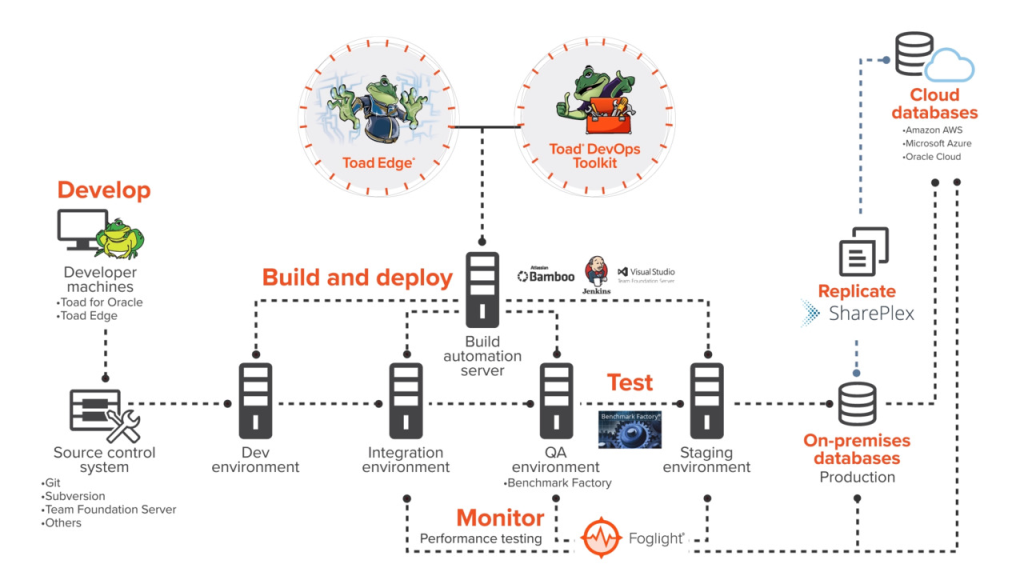
In 2024, with the rise of serverless computing, edge computing, and microservices, Rust is well-suited for building cloud-native tools that can handle the demands of modern infrastructure.
The Job Market for Rust Developers in 2024
One of the most compelling reasons to learn Rust in 2024 is the growing demand for Rust developers. As more companies adopt Rust for their critical projects, the job market is experiencing a noticeable uptick in Rust-related job openings.
According to recent surveys, Rust developers are some of the highest-paid programmers, reflecting the scarcity of skilled professionals in the language. In 2024, companies ranging from tech giants to startups are searching for developers who understand the intricacies of Rust, especially for roles that require building secure, high-performance systems.
Rust in Open Source
Rust has a strong presence in the open-source community. By contributing to Rust projects, developers can gain visibility, hone their skills, and connect with potential employers. Many open-source projects, including popular frameworks and libraries, actively seek Rust contributors, providing an excellent entry point for those new to the language.
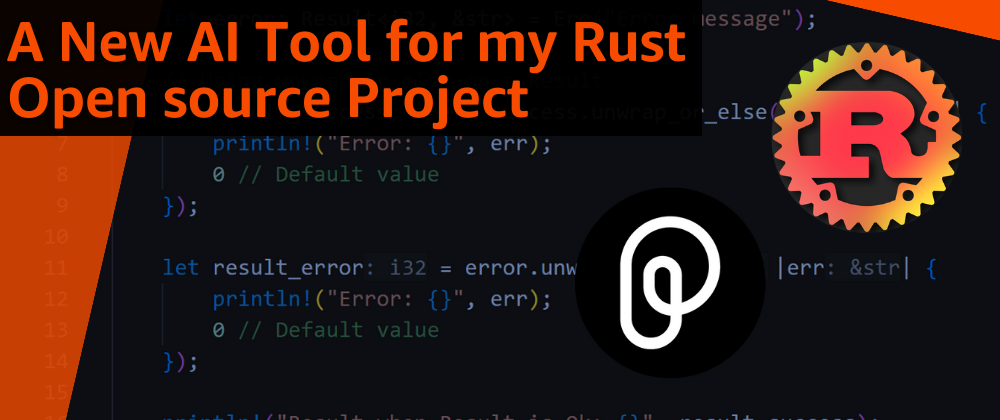
For developers looking to build a portfolio or make a name for themselves in the open-source world, Rust offers ample opportunities in 2024.
FAQs
What is Rust best used for?
Rust is best suited for systems programming, performance-critical applications, web development, game development, and blockchain projects. Its safety features and high performance make it ideal for any application where reliability and speed are essential.
Is Rust hard to learn?
While Rust has a steeper learning curve than some other languages, it is also one of the most rewarding languages to learn. The compiler provides detailed feedback, and the growing number of resources and tutorials make learning Rust more accessible.
Why is Rust so fast?
Rust is fast because it compiles directly to machine code, similar to C and C++, without the overhead of garbage collection. Its ownership and borrowing system ensures memory safety without sacrificing performance.
What industries are adopting Rust?
Industries such as technology, finance, gaming, blockchain, and cloud infrastructure are rapidly adopting Rust. Companies like Google, Microsoft, Amazon, and Facebook are already using Rust for critical projects.
How does Rust handle concurrency?
Rust handles concurrency by using its ownership model to eliminate data races. This ensures that concurrent applications are safe and free from common bugs that plague other languages when handling multiple threads.
What are some popular Rust frameworks?
Popular Rust frameworks include Rocket for web development, Tokio for asynchronous programming, and Actix for building high-performance, concurrent web applications.
Conclusion: Why You Should Learn Rust in 2024
Learning Rust in 2024 is a smart investment for any developer looking to advance their career and work on cutting-edge projects. With its focus on safety, performance, and concurrency, Rust has proven itself as a language that can handle the demands of modern software development.
Whether you’re interested in systems programming, web development, blockchain, or cloud infrastructure, Rust offers the tools and capabilities to excel in these fields. As the language continues to grow in popularity and adoption, now is the perfect time to dive in and start learning Rust.
By mastering Rust, you’re not just learning a programming language—you’re positioning yourself at the forefront of the next wave of technological innovation.

